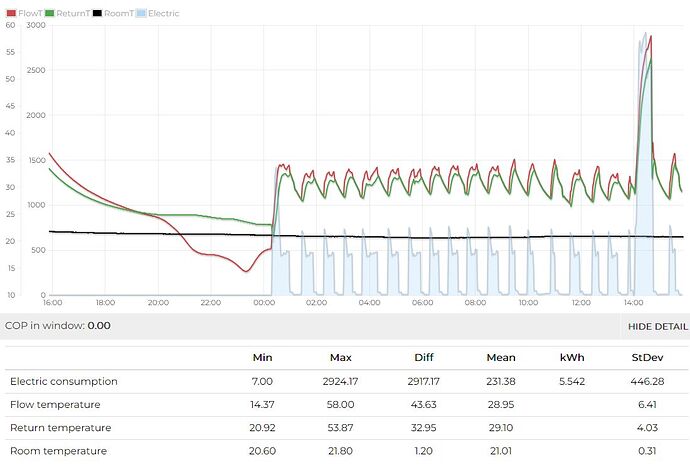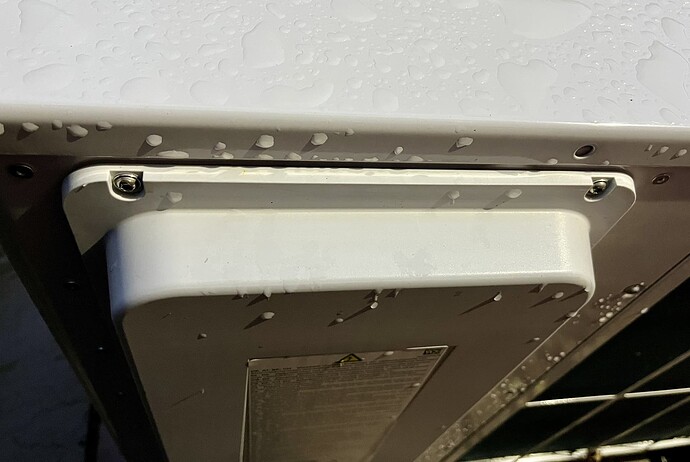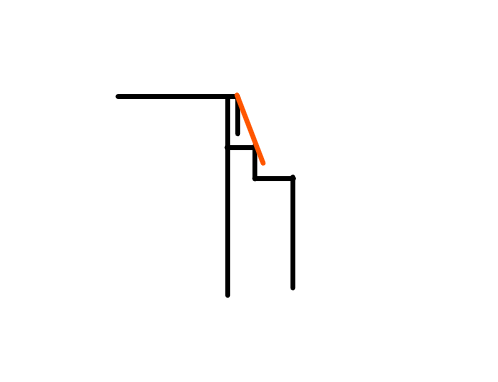Hi @Zarch, great thread thank you. As an owner of Arothermplus 12kw I wish I had stumbled across this earlier. I had mine installed in March but didn’t get the wiring of the controls sorted correctly until October after countless attempts with various electricians.
I’m broadly content with my heatpump and its performance, comparing my bills and usage with my old system shows about 15% saving with current rates (unadjusted for temp difference between years) BUT I have more insulation and am probably running a bit cooler. Reading this thread I need to flip my thinking and I’m bit disappointed with;
a) my installer (gave me advice based on comfort not efficiency) and
b) none of the manuals hint at efficient operation settings and finally
c) the amount of data you can get out of the interface and Sensocomfort is a different level of disappointmet considering the cost of a heat pump and cylinder. Like selling a car with a stop watch and a tape measure to calculate speed.
My system
I’m in a fairly well insulated 1920s 4 bed semi with 2008 double height extension on the back I’ve got UFH downstairs with a zone each for a large kitchen, lounge, front room and small utility. Upstairs and my hallway I have 10 Type 22 Rads and 2 towel rails on the old copper piping. I need to replace the only single glazed window in the house which is on the half landing. The original solid walls are untouched on the front.
Over December and January I’ve had the heat curve at 1.5 I dropped it down to 1.3 after the end of the recent cold snap and had just twigged I need to extend the pre-heat time when it gets colder rather than try to cycle the heat round individual rooms to heat them quickly.
The rooms retain heat fairly well and only once over December and Jan can I recall the kitchen being below 18C in the morning (set back was 17 which kicks in at 22:00 - 06:15). I leave my HW on 45C and it kicks in when required. So despite that my combined COP from the Sensocomfort panel is 2.9 for Heating and Hot Water.
Reading this thread I’ve dropped the heat curve to 0.7 and the target temperature on the Sensocomfort to 20C. Hey presto, today I’ve observed the heat pump be on at something less than 95% power consumption with flow temperature of 39C.
So can I clarify a few things I’ve picked up from the thread.
For maximum efficiency go for;
- Longer, colder heating runs on big loops (ideally below 50C and dT=5, though theres no control you can apply to the dT Arotherms do their thing on that)
- Set back temperatures to ensure the heat pump can get into a stable state of running.
Data capture
My Heatmiser thermostats give me good data on when zones are pre-heating, running and what the desired temperatures are. However I’m missing the target, flow and return temperatures and whether the HP is in Heating or HW mode. All this data is available as snapshots in the VWZ AI Interface there isn’t anything approved (or not) by Vaillant to log it, is that a fair summary?
I’m interested to monitor how my HP copes with different combinations of zones in play so I can schedule them efficiently, today I saw with my stat upsatirs calling for demand and 2 zones downstairs my HP was struggling to get up to target temperature. To do that I need the missing target, flow and return temperatures.
Whats the cheapest way of getting a data log for the flow and return temperatures? I can probably use the flow temperature to infer whether its HW or Heating.





